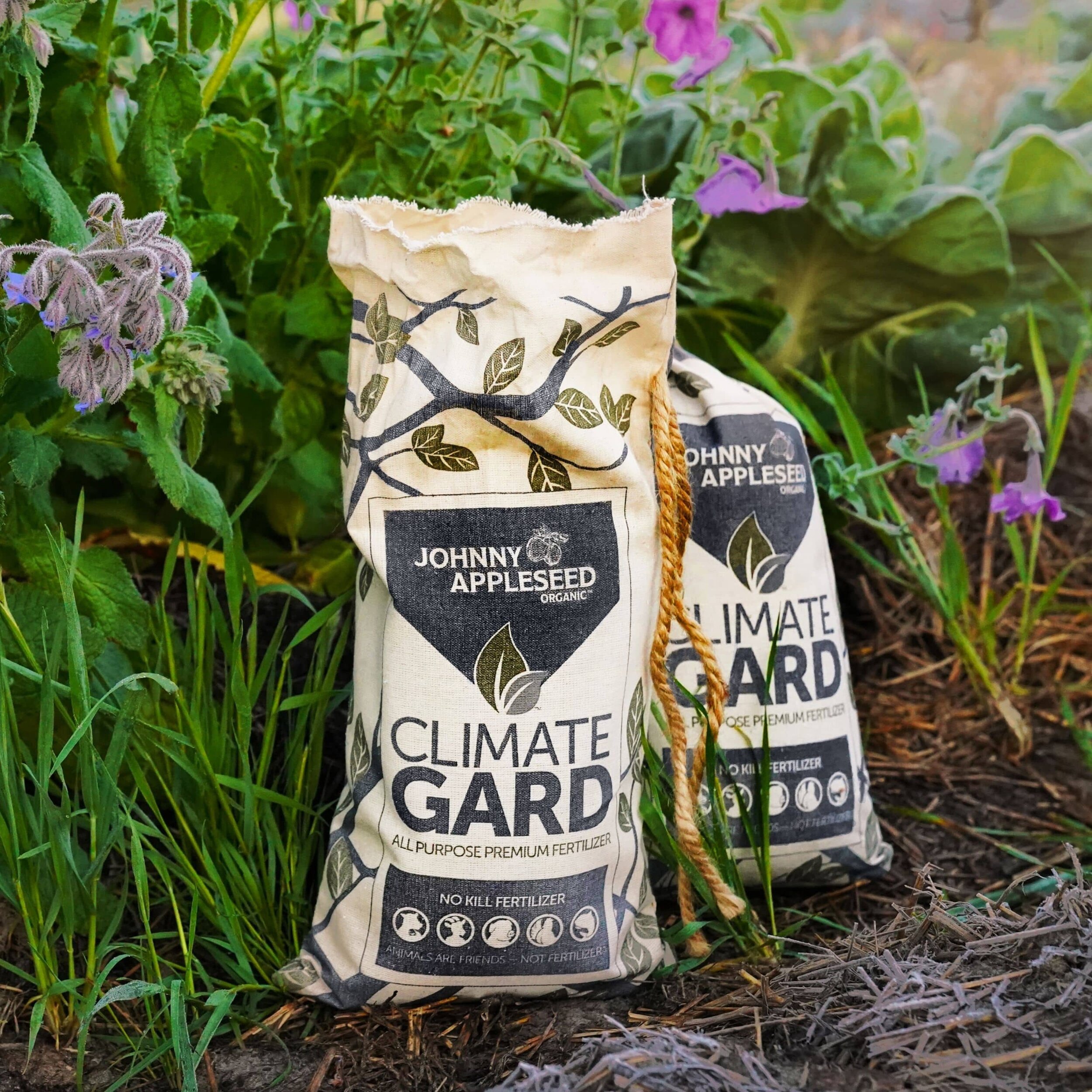Humic Acid: The Crucial Component Absent in Most Fertilizer
By Julian Smith PhD
The agricultural benefits of amending soil with humic substances are well-documented and undisputed.
Discovered almost 200 years ago and used in farms and gardens across the globe, these organic soil components help regulate nutrient and water uptake, leading to improved nutrient efficiency, improved drought resistance and pest and disease reduction. They’re also a source of food for the countless beneficial bacteria and fungi that play critical roles in plant and soil health.
Before we explore the mechanism by which these substances achieve the feats described above, let’s begin by defining them.
What are humic substances?
The term ‘humic substances’ can refer, individually or collectively, to three distinct components: humic acid, fulvic acid or humins. Most agricultural applications come in the form of humic acid, which is extracted from leonardite (low-grade coal) deposits in North Dakota and New Mexico.
Much like the type of coal used as fuel, these deposits are the result of ancient organic matter that has long since decayed, oxidized and solidified in a form of easily-mined shale. A simple alkaline treatment, usually performed with dilute sodium hydroxide, then releases the humic acid in a usable form.
How does humic acid help plants?
Applied in an agricultural context, humic acid increases the bioavailability of soil nutrients. Its natural oxidation gives it a net negative charge that attracts positive ions (often called ‘cations’) and binds to them.
Referred to as the “cation exchange capacity,” this phenomenon causes positively-charged plant nutrients like magnesium, calcium and iron to ‘unlock’ from the soil and bind to humic acids. Plant roots are also negatively charged, and more strongly so than the humic acid, which means the positive ions bound to the humic acid will release again, this time for uptake into the plant.
In the absence of this exchange, many nutrients would remain locked in soil and unavailable to plants they’re meant to fertilize.
Do most fertilizers contain humic acid?
Given its abundant potential for supercharging crop and soil health, you might expect humic acid to be a common component of ‘all in one’ fertilizers. However, there are actually very few products on the market which contain this critical substance. More often, it is sold as a standalone product that comes with its own application regimen.
Further complicating matters, the concentration of each product is a little different, which necessarily limits the usefulness of dilution information found online. Consumers interested in applying these products must be careful to keep and follow each manufacturer’s instructions.
In addition to creating extra work for the farmer or gardener, this situation increases the likelihood of misapplication or overapplication, which can result in poor seed germination or seedling death.
Conclusion
Although the plant and soil health benefits of humic acid are beyond question, this crucial substance is often absent in commercial fertilizers. It can be acquired as a standalone product, but the risks inherent in doing so make it extremely important for farmers and gardeners to carefully follow the manufacturer’s instructions for dilution and application.
As always, it’s worth studying the label of your organic fertilizer to ensure it contains a complete plant and soil health package.
A native of Sheffield, England, and a naturalized U.S. citizen, Dr. J. Julian Smith holds a Small Grains Pathology and Physiology Ph.D. from the University of Stirling, and an Agricultural Botany B.Sc. from the University of Leeds. He is the founder and President of CZO Agronomics, a global consulting group devoted to technical advisory and end-to-end project management services in agribusiness and horticulture.
Looking for a fertilizer with humic acid?
Meet ClimateGard™ — Your New Sustainable Fertilizer!
Sign up for Newsletter
Follow Us on Social
Cutting-edge microbiology
No kill formula
Superior plant nutrition derived from the most ethical, sustainable sources available.
Produces the same results as conventional fertilizers without the negative environmental impacts.
Each ClimateGard pellet is infused with micronutrients, silicon, humic acid and a high-performance blend of living bacteria and fungi.
Delivered in an environmentally friendly organic cotton bag with a compostable inner liner.
Will continue to enrich your soil long after application.
$39.95 for 7.5 pound bag | $69.95 for 15 pound bag.



